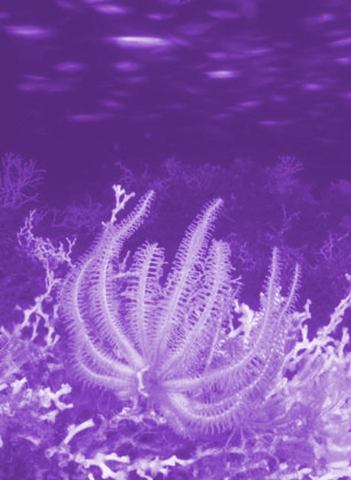Depth protects key coral
 Experts say some deep parts of the Great Barrier Reef are insulated from global warming.
Experts say some deep parts of the Great Barrier Reef are insulated from global warming.
Mass coral bleaching caused by high surface temperatures has occurred on the Great Barrier Reef in five of the last eight years, with the latest event happening now.
Professor Peter Mumby from UQ’s Centre for Marine Science says that a research team recently examined how changing temperatures would affect mesophotic corals - corals at a depth of 30-50 metres.
“We found separation between warm buoyant surface water and cooler deeper water can insulate reefs from surface heatwaves, but this protection will be lost if global warming exceeds 3 degrees Celsius above pre-industrial levels,” Professor Mumby said.
“Coral bleaching is a dramatic sign of the impact humans are having on the planet and it is increasingly observed at greater depths.
“Our study offers both hope and a warning – hope that some reefs are resilient to current levels of climate change, and a warning that this resilience has its limits.”
UQ's Dr Jennifer McWhorter said similar patterns could occur on other reefs worldwide, but the extent to which deeper water coral refuges remain insulated from surface heatwaves would vary.
“We found global warming of 3 degrees would push mesophotic temperatures in the Great Barrier Reef past 30 degrees Celsius - a potential threshold for coral mortality,” Dr McWhorter said.
“Some shallow-water coral species are not found in deeper areas – so mesophotic reefs can’t provide refuges for them as shallow reefs are degraded.
“And as our study shows, mesophotic corals are themselves threatened if global warming continues.”
To calculate their projections of mesophotic reef warming, the research team considered factors such as wind and tidal mixing of water, as well as local complexities.
They estimated that by 2050-2060, temperatures on the bottom of the Great Barrier Reef (30-50 metres) would increase by 0.5-1 degrees Celsius under lower projected greenhouse gas emissions, and 1.2-1.7 degrees Celsius under higher emissions.
The research paper is published in the journal Proceedings of the National Academy of Sciences.








 Print
Print